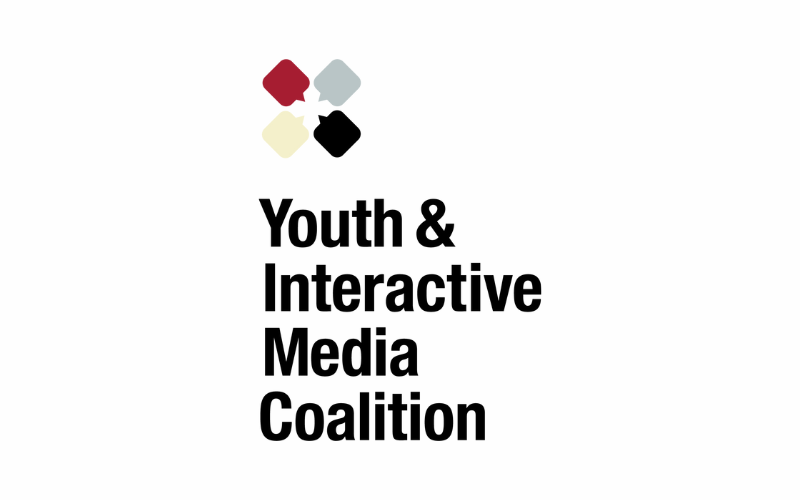In our April 2024 blog post, Are Cell Phone Bans in Schools the Answer?, we shared some of the steps we believe school administrators and policymakers should consider when designing and deploying smartphone policies in schools. Here, we dive into some of the current research around the impacts of cell phone policies in schools and their impact on students.
Classroom Learning
Many schools and school districts cite a goal of reducing classroom distractions and increasing academic achievement as a driver of their cell phone bans. Nearly three-quarters (72%) of high school teachers, a third of middle school teachers, and even 6% of elementary school teachers say that ”students being distracted by their cellphones in the classroom is a major problem” (Lin, Parker, & Horowitz, 2024).
There is some evidence that banning cellphones in schools may have some positive effects on the academic achievement of students, particularly students who are already struggling with academic grades or who come from low socioeconomic backgrounds (Abrahamsson, 2024; Beland & Murphy, 2016). Another study found little improvement, but was conducted over very brief periods of time, and with a sub-optimal sample size (i.e. a day without phones; Gajdics & Jagodics, 2021).
Most classroom cell phone bans are seeking to reduce the distractions presented by unstructured use of cellphones, such as social media pings, text messaging, and video games. On this topic, evidence for the negative effects of media multitasking is more clear than some of the other facets of a smartphone ban. For example, young people with greater media multitasking behaviors demonstrate lower test scores and poorer working memory capacity (Cain et al., 2016). (Working memory is the short-term memory fundamental to learning and performing complex cognitive tasks (Cowan, 2014)).
Even amid the challenges smartphones present in a classroom setting, there is a role for schools to teach students to use them as powerful tools for learning. Smartphones are one of the few tools that are nearly ubiquitous in the lives of all teens, regardless of socio-economic status (at least in the United States) (Rideout et al., 2022) and, with intentionality and training, educators could begin to harness the power of these tools for structured, multimedia learning in the future (Campbell et al., 2024).
Pro-Social Development
Some school administrators and advocates for cell phone bans reference a belief that students need opportunities to engage with one another face-to-face between classes and in downtimes (such as at lunch or recess).
Some research has indicated that social interactions can be negatively affected by the presence of cell phones (Dwyer et.al., 2018). However, we also know that, especially during and since Covid lockdowns in 2021, smartphones have served as important “third spaces” for tweens, teens, and young adults to find social connection (Cowan et al., 2021).
In our engagements with young people, and borne out by research, we understand that students, especially in high school, use phones much like adults do —they review their schedules, plan their days, and coordinate with friends, family, and co-workers. Smartphones can support students’ autonomy, providing access to school learning management systems, calendars, and even information recording (Ricoy et.al., 2022). However, apps often managed by parents, like parental control apps, were recently reported to send the most notifications to teens’ phones during school hours (Radesky et al., 2023), highlighting a shared sense of responsibility.
Researchers have also explored how removing devices from schools can affect non-academic parts of the school day, such as recess. A study conducted in Denmark found that a smartphone ban significantly increased the level of physical activity of students during indoor and outdoor recess (Pawlowski et al., 2021).
Student Safety
In the face of our current epidemic of gun violence in the United States, cell phones can provide a sense of comfort and control while we wait for safety regulations to catch up to students’ and teachers’ needs.
A recent Pulse Survey conducted by the Digital Wellness Lab to understand children’s cell phone use found that over 80% of parents who provided their children with cell phones felt that the ability to connect with parents and being safe when away from home were important factors in getting their child the phone (Bickham et al., 2021). A 2024 survey by the National Parents Union found that 78% of parents whose children take a cell phone to school say that they want their child to have that phone available in the event of an emergency at their school (National Parents Union, 2024).
Little evidence exists to argue for or against the role of smartphones during school emergencies. In the absence of data, concerns about the distractions presented by cell phones during a time when students need to be paying close attention to instructions and the opportunities for supportive connection to family members during a frightening time are frequently mentioned (see: Chuck, 2024).
While conclusive evidence for the positive or negative effects of cell phones in active shooter scenarios is unavailable, research suggests that the presence of cell phones during these times, and the resulting data of images, video, and audio, may have fundamentally shifted the way we discuss and witness these rare yet devastating events (Eckstein, 2020).
Cyberbullying/bullying is a related and much more common safety issue in schools. Evidence on the effects of cell phone bans on cyberbullying is mixed, because there is a notable overlap between cyberbullying and more traditional, in person bullying; and even in the absence of phones, bullying is likely to continue without bullying-specific interventions (Selwyn & Aagaard, 2021).
The impacts of cell phone bans on other dangerous scenarios, such as sexual victimization, require further study. While predatory behavior certainly occurs on platforms accessible by cell phone, over half of adolescents who have been sexually extorted knew the perpetrator in real life (Wolak et al., 2018). A recent publication emphasized that bans might make it even more difficult for children who do circumvent restrictions to get help if they encounter something dangerous or uncomfortable (Rodriguez, 2024).
Conclusion & Considerations
Overall, a recent review of the evidence from 22 studies concluded that a one-size-fits-all solution for cellphones in schools and classrooms is unlikely to have strong effects, as the current state of research shows that the way cellphone bans affect students’ mental health, academic achievement, and the likelihood of experiencing or engaging in cyberbullying is nuanced and complex (Campbell et al., 2024).
These results might suggest that cell phone policies are only one piece of the puzzle, with many other school environmental factors playing a role in outcomes.
Managing and implementing smartphone bans can be particularly challenging for educators and school administrators. Some research has explored how these bans take effect and found that they can cause tension between students and teachers, or be difficult to uphold even if teachers had a role in designing the policy (Grigic Magnusson et al., 2023).
While more in-depth and nuanced research is needed to guide the most effective practices for the impacts educators and families want to see, the era of the school phone ban is upon us. As school and district administrators think about how to craft cell phone policies for the digital age, we recommend considering the following:
Agree on goals: Determine the primary goal of the approach to cell phones before designing the policy. A policy designed to reduce distractions in the classroom may look different from a policy designed to reduce physical fights or one designed to increase in-person communication.
Obtain stakeholder buy-in: In designing tech policies for schools, a key goal should be ensuring that it is not difficult for teachers to implement. One of the best ways to do that is to get students’ and families’ buy-in. Administrators should involve all stakeholders — teachers, administrators, students, and families — in the conversation, before designing policies. It’s important to understand the myriad needs of the community to ensure all voices, and needs, are accounted for in the policy.
Teach digital literacy: Develop a digital literacy approach to implement alongside a cell phone policy, to ensure that students and their parents/caregivers are learning the self regulation and digital engagement skills needed to manage their device usage in mentally, socially, and academically healthy ways.
Set a good example: Hold adults accountable to the same or similar policies within the school environment. Young people are particularly attuned to discordant or hypocritical rules. If they see their teachers working to maintain behavioral shifts similar to what we want to see from students, they are engaged in a community solution and not simply at the mercy of what they may see as a punishment if it is only levied for students.







